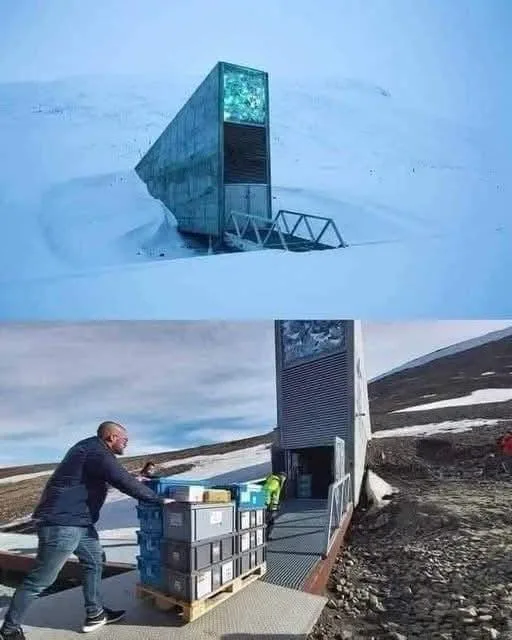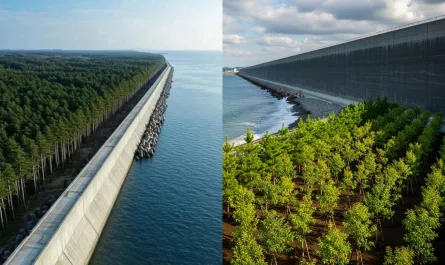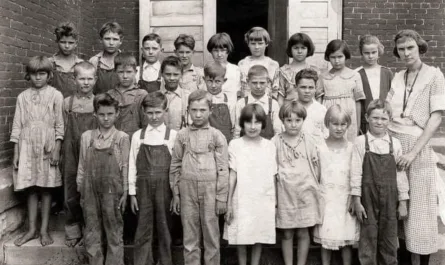The Svalbard Global Seed Vault: The Vault at the End of the World
Perched in the remote Svalbard archipelago, Norway, approximately 1,300 kilometers from the North Pole, the Svalbard Global Seed Vault stands as a subterranean fortress safeguarding the future of global agriculture. Opened on February 26, 2008, this underground repository is designed to preserve 4.5 million seeds of crop plants from around the world, serving as a critical backup against the loss of genetic biodiversity due to natural disasters, conflicts, and climate change. Located on the island of Spitsbergen, the vault’s isolated, permafrost-protected location ensures its role as a “doomsday” archive. As of 10:45 PM MDT on July 5, 2025, it remains a beacon of hope, offering a lifeline for humanity’s agricultural heritage should the worst come to pass.

Historical and Strategic Context
The concept for the Svalbard Global Seed Vault emerged in the early 2000s, driven by concerns over the vulnerability of global seed banks to catastrophes like the 2006 conflict in Iraq that threatened the country’s seed bank. Initiated by the Norwegian government, the Global Crop Diversity Trust, and the Nordic Genetic Resource Center (NordGen), the project aimed to create a fail-safe repository. Construction began in 2006, and the vault opened in 2008, carved 120 meters into a sandstone mountain at Longyearbyen, 130 meters above sea level. Its Arctic location, with natural freezing temperatures averaging -18°C (-0.4°F) year-round, reduces the need for artificial cooling, supplemented by industrial refrigeration set to -18°C.
The vault’s strategic isolation—far from political conflicts and natural disaster zones—combined with Norway’s geopolitical stability, makes it an ideal safeguard. It has already proven its worth, with withdrawals during the Syrian Civil War (2015) and for rebuilding seed banks post-disasters.
Design and Functionality
The Svalbard Vault is an engineering marvel designed for longevity:
Structure: Three sealed tunnels, each 100 meters long, house the seeds in stainless steel boxes within concrete vaults. The entrance features blast-proof doors, and the permafrost acts as a natural barrier, with cooling systems maintaining conditions even if power fails.
Capacity: It can store up to 4.5 million seed samples, with each sample containing 500 seeds, representing thousands of crop varieties—rice, wheat, maize, and more—from gene banks worldwide.
Preservation: Seeds are stored at -18°C in airtight packets, preserving viability for decades to centuries, depending on the species. The vault’s design allows for 500-year storage with minimal maintenance.
The facility operates as a backup, not a research site—seeds are deposited by international gene banks and can be withdrawn only by the depositors in case of loss, ensuring global access to genetic diversity.
Cultural and Scientific Significance
The vault embodies humanity’s commitment to preserving agricultural heritage, housing seeds from every continent to protect against extinction from climate change, war, or natural disasters like floods and earthquakes. It holds duplicates of collections from over 100 countries, including rare varieties like the Ethiopian teff and Indian rice strains. This biodiversity is crucial for developing crops resilient to shifting climates, a pressing concern as of 2025, with global temperatures rising and arable land shrinking.
The vault’s nickname, “Doomsday Vault,” reflects its role as a last resort, a concept that resonates in popular culture and scientific discourse. Its opening coincided with growing awareness of the 2007–2008 food crisis, underscoring the need for such a safeguard.
Preservation and Access
Managed by NordGen with funding from Norway and the Crop Trust, the vault undergoes regular maintenance to ensure its permafrost and cooling systems remain intact. As of July 5, 2025, it has received over 1.2 million seed samples, with deposits continuing—recent additions include climate-adapted varieties from Africa. The site is not open to the public, located 1,000 kilometers from the nearest airport, with access restricted to authorized personnel via a tunnel blasted through the mountain.
Security measures include motion sensors and 24/7 monitoring, with Norway covering operational costs. Posts on X highlight its “sci-fi survival vibe” and “hope in a frozen cave,” though its remoteness limits direct engagement.
Challenges and Future Prospects
The vault faces challenges from climate change, with permafrost thawing detected in 2016–2017, raising internal temperatures to -3°C before cooling was adjusted. Rising sea levels and potential coal mine flooding nearby pose long-term risks, prompting 2025 upgrades like enhanced insulation. Future plans include expanding capacity to 5 million samples and exploring cryogenic storage for longer preservation, with research into seed viability under warming conditions ongoing.
Conclusion
The Svalbard Global Seed Vault, opened in 2008 on Spitsbergen, Norway, 1,300 kilometers from the North Pole, safeguards 4.5 million crop seeds as a bulwark against biodiversity loss from disasters and climate change.





